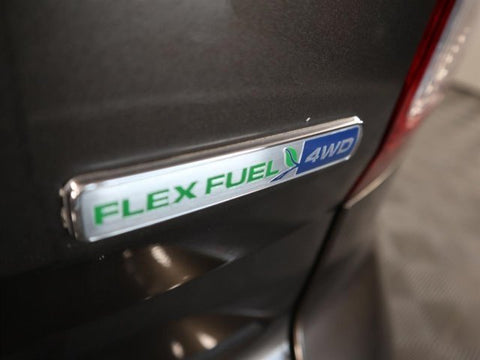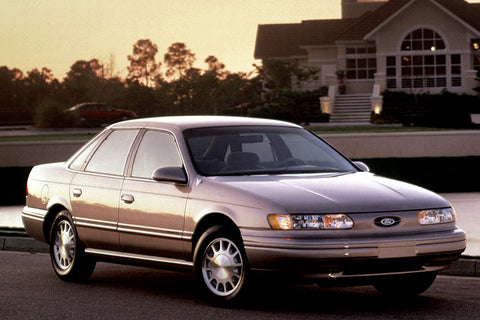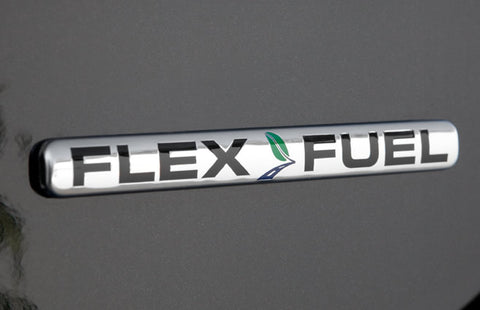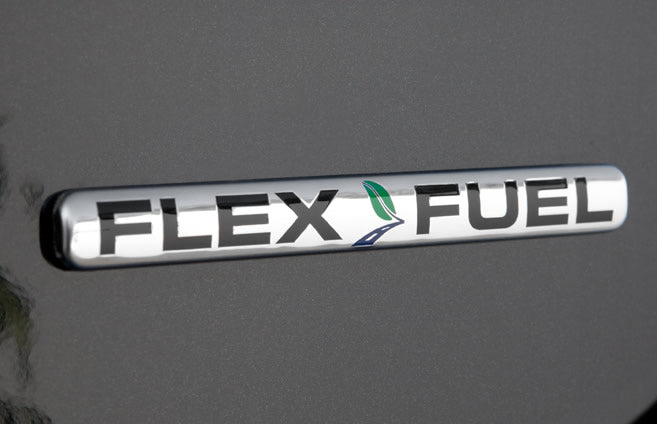 At its core, flex-fuel is a mixture of gasoline and ethanol. Ethanol is an alcohol-based fuel that has become more commonly used over the years. It is known to burn cleaner than regular gasoline, making it a more environmentally friendly choice and popular among eco-conscious drivers.
At its core, flex-fuel is a mixture of gasoline and ethanol. Ethanol is an alcohol-based fuel that has become more commonly used over the years. It is known to burn cleaner than regular gasoline, making it a more environmentally friendly choice and popular among eco-conscious drivers.
How does it work?
 Modern flex-fuel engines are capable of burning any proportion of the resulting blend in the combustion chamber as fuel injection and spark timing are adjusted automatically according to the actual blend detected by a fuel composition sensor. Henry Ford was one of the advocates for ethanol as fuel. An oil crisis opened a new opportunity for ethanol and other alternative fuels, such as methanol, gaseous fuels such as CNG and LPG, and hydrogen. Ethanol, methanol, and natural gas CNG were the three alternative fuels that garnered attention and research. The first mass produced flex-fuel vehicle was the 1994 Ford Taurus.
Modern flex-fuel engines are capable of burning any proportion of the resulting blend in the combustion chamber as fuel injection and spark timing are adjusted automatically according to the actual blend detected by a fuel composition sensor. Henry Ford was one of the advocates for ethanol as fuel. An oil crisis opened a new opportunity for ethanol and other alternative fuels, such as methanol, gaseous fuels such as CNG and LPG, and hydrogen. Ethanol, methanol, and natural gas CNG were the three alternative fuels that garnered attention and research. The first mass produced flex-fuel vehicle was the 1994 Ford Taurus.
Benefits
 The biggest difference between regular fuel and flex-fuel is that consumers have a choice in the way in which they choose to operate their vehicles. Whereas a regular vehicle has to run on gasoline, flex-fuel vehicles are able to run on ethanol, gasoline, or a mixture of the two. The vehicles are equipped with a special sensor that determines which type of fuel is being used and accordingly adjusts how the vehicle should run. When a car runs on ethanol or a mixture of gasoline and ethanol, it runs cleaner because it produces fewer toxic chemicals. Come visit us or contact us at (780) 434-8411, and talk with our Service team to find out more about the benefits and maintenance of flex-fuel engines. .
The biggest difference between regular fuel and flex-fuel is that consumers have a choice in the way in which they choose to operate their vehicles. Whereas a regular vehicle has to run on gasoline, flex-fuel vehicles are able to run on ethanol, gasoline, or a mixture of the two. The vehicles are equipped with a special sensor that determines which type of fuel is being used and accordingly adjusts how the vehicle should run. When a car runs on ethanol or a mixture of gasoline and ethanol, it runs cleaner because it produces fewer toxic chemicals. Come visit us or contact us at (780) 434-8411, and talk with our Service team to find out more about the benefits and maintenance of flex-fuel engines. .


















































